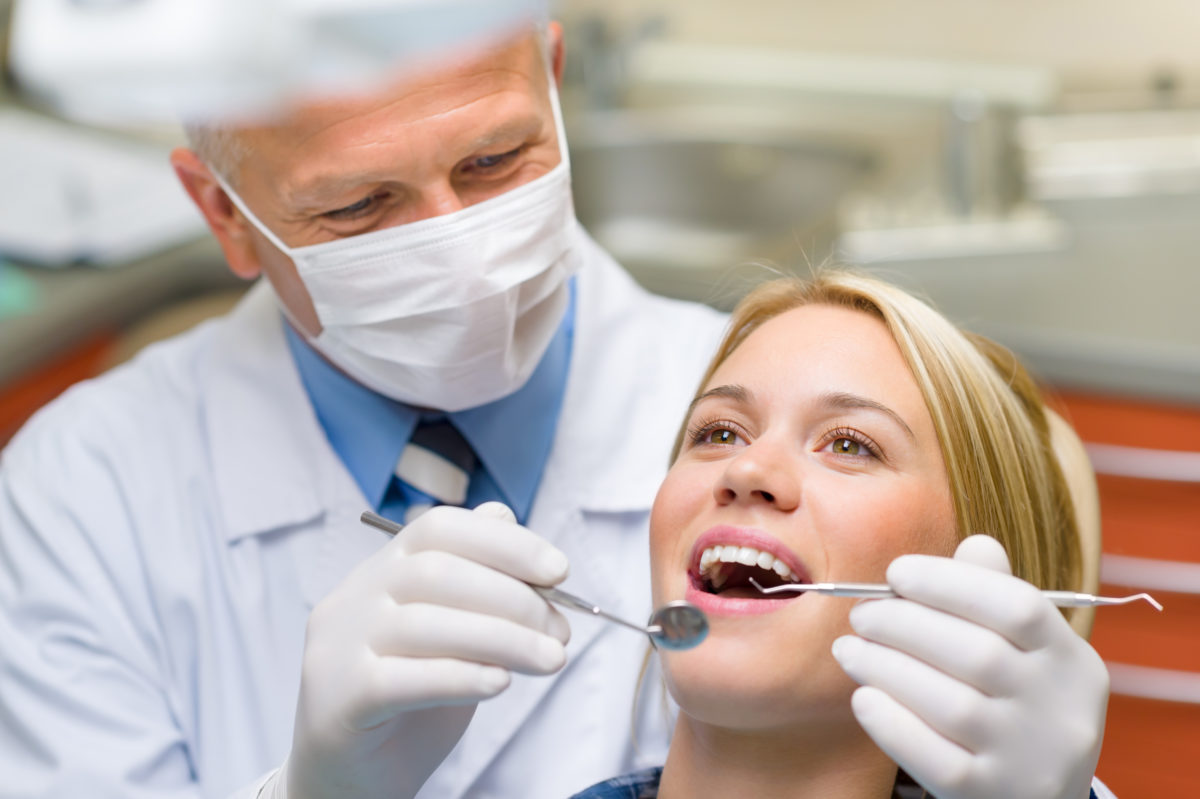Legacy Orthodontics Things To Know Before You Get This
Legacy Orthodontics Things To Know Before You Get This
Blog Article
The Best Strategy To Use For Legacy Orthodontics
Table of ContentsHow Legacy Orthodontics can Save You Time, Stress, and Money.The Single Strategy To Use For Legacy OrthodonticsGetting My Legacy Orthodontics To WorkThe Best Guide To Legacy OrthodonticsWhat Does Legacy Orthodontics Mean?
At Advanced Orthodontics, we give people with a alternative treatment experience. Furthermore, we provide flexible treatment routines, adaptable settlement choices and a fun, satisfying experience. orthodontics. Telephone call ( 480) 357-4900 today for more information and timetable a consultation.An orthodontist is a dentist educated to detect, protect against, and deal with teeth and jaw abnormalities. They correct existing conditions and are educated to recognize troubles that might create in the future. Orthodontists deal with people of all ages, from youngsters to adults. People often link an excellent smile with healthiness.
Malocclusion, or misaligned teeth, can bring about oral problems, consisting of dental caries, gum tissue condition, and tough or excruciating chewing. Not every person is born with straight teeth. If you have a negative bite or big areas in between your teeth, you may intend to get in touch with a dental expert focusing on orthodontic care.
7 Easy Facts About Legacy Orthodontics Described
( Photo Credit Rating: DigitalVision/Getty Images) Orthodontists utilize taken care of and detachable oral tools, like dental braces, retainers, and bands, to change the position of teeth in your mouth. Orthodontic treatment is for oral abnormalities, including: Misaligned teethBite issues, like an overbite or an underbiteCrowded teeth or teeth that are too much apartJaw misalignmentThe goal of orthodontic treatment is to boost your bite.
A healthy bite ensures you can consume, eat, and speak properly. While you might consider orthodontists as mainly for youngsters or teenagers that require braces, they can fix dental troubles at any age. Orthodontists go to college, oral institution, and orthodontic college. After graduation, they spend 2 or 3 years in an orthodontic residency program.
All orthodontists are dental professionals, but not all dental experts are orthodontists. Orthodontic residency programs offer intensive, focused guideline for dental specialists. They concentrate on two areas: Just how to correctly and safely relocate teeth How to properly guide growth in the teeth, jaw, and faceOnce an orthodontist has actually completed training, they have the option to come to be board licensed.
The Best Strategy To Use For Legacy Orthodontics
Imbalance, or malocclusion, is the most usual reason people see an orthodontist. It is genetic and is the outcome of size distinctions between the top and reduced jaw or between the jaw and teeth. Malocclusion leads to tooth overcrowding, a misshapen jaw, or uneven bite patterns. Malocclusion is typically treated with: Your orthodontist attaches steel, ceramic, or plastic square bonds to your teeth.
Some individuals require a headwear to help move teeth into line with stress from outside the mouth. A retainer is a custom device that keeps your teeth in area.
They can create added area in the mouth without having to pull teeth. Orthodontists make use of cords, medical screws, or plates to sustain your jaw bone.
You may need to see an orthodontist if you have: Crowding or not enough room for every one of your teethOverbite, when your top teeth come over your base teethUnderbite, when your base teeth are also much forwardSpacing or problems with gapsCrossbite, which is when your top teeth fit behind your bottom teeth when your mouth is closedOpen bite or a vertical space in between your front bottom and top teethMisplaced midline, when the center of your base and top teeth don't line up Dealing with a dental malocclusion can: Make attacking, chewing, and speaking easierImprove the symmetry of our face and your overall appearanceEase discomfort from temporomandibular joint disordersSeparate your teeth and make them simpler to clean up, aiding avoid tooth decay or dental caries It's usually a dental expert who first notifications misaligned teeth during a regular examination.
The Main Principles Of Legacy Orthodontics

During your initial orthodontic examination, you'll likely have: A dental examPhotos taken of your face and smileDental X-raysPanoramic (360 degree) X-rays of your face and headImpressions to develop molds of your teethThese examinations will certainly assist your orthodontist understand just how to wage your therapy. orthodontist. An orthodontist is a dental professional who's had training to treat your teeth and jaw
Orthodontists may execute surgical treatment, exams,X-rays,and even more to assist you acquire a more comfy, much healthier smile. An orthodontist is focused on your bite, so something like a broken tooth would certainly be dealt with by a dental expert. Orthodontists are dental professionals yet not all dentists are orthodontists. Orthodontists are concentrated on your bite, or the means your teeth fit together, and the straightness of your teeth.
Ever before wondered exactly how stars always appear to have flawlessly lined up teeth? Orthodontists are dental experts who concentrate on correcting irregularities in the teeth and jaws.
More About Legacy Orthodontics

, orthodontists have a diverse toolkit at their disposal. These reliable dental braces make use of a system of braces bonded to the teeth and connected by wires.
These removable trays are custom-made to considerably shift the teeth's placement. In instances of narrow jaws, palatal expanders can be used to develop go to the website area for appropriate tooth alignment.
Report this page